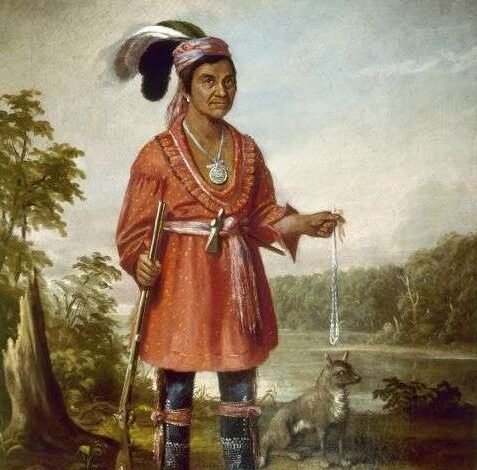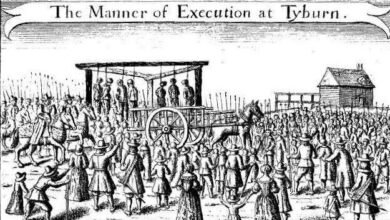The Stockbridge – Munsee Community in New York State


 Most readers well be familiar with Oneida people occupying major parts of Oneida County in the colonial period and up to the present day having purchased much land back from locals in towns of Vernona and Vernon which were part of the original Oneida (Iroquois – Haudenosaunee) lands.
Most readers well be familiar with Oneida people occupying major parts of Oneida County in the colonial period and up to the present day having purchased much land back from locals in towns of Vernona and Vernon which were part of the original Oneida (Iroquois – Haudenosaunee) lands.
Little know the history of the so-called “Stockbridge Indians,” initially a group made largely of people of the once large Wappinger tribe and also Mohicans who migrated from the eastern side of the Hudson River to the Stockbridge area of Western Massachusetts. Stockbridge had been established by British missionaries in 1734 as a praying town.

 Adopting Christianity, after the American Revolution (which the supported) they moved to Central New York to the 22,000-acre Oneida Reservation with the support of the Oneida Nation. They were given a plot of land six miles square called New Stockbridge which was in today’s towns of Vernon in Oneida County and Stockbridge in Madison County.
Adopting Christianity, after the American Revolution (which the supported) they moved to Central New York to the 22,000-acre Oneida Reservation with the support of the Oneida Nation. They were given a plot of land six miles square called New Stockbridge which was in today’s towns of Vernon in Oneida County and Stockbridge in Madison County.
Munsee people, called also by the names Delaware or Lenape, and who shared a similar culture but differing dialects, joined them there. Today they are jointly known as the Stockbridge–Munsee Community, or the Mohican Nation Stockbridge–Munsee Band.
Rev. John Sergeant, their pastor, came with them from Stockbridge in western Massachusetts and was also granted a tract of land by the Oneida and Stockbridge a mile square called Sergeant’s Patent. This grant lies in the far southern section of the Town of Vernon, southwest of Vernon Center.
The Stockbridge raised corn, beans, squash, and sunflowers and hunted for deer and moose and fished.
Although many Stockbridge adjusted well to life in their new home, New York, their leader Hendrick Aupaumut felt they should move farther west to escape white intrusion and violence.
They first left in 1817 for Wisconsin. When they arrived they discovered that the land had been ceded by the Miami to white settlers so three tribes, Stockbridge, Brothertown, and Oneida negotiated with the Menomineee and Ho-chunk tribes for land along the Fox River near present-day Kaukauna and established a Christian mission in 1825.
They have been involved in many land claims cases. You can read about them here.
Read more about indigenous history in New York State.
Illustration: Portrait of Austin E. Quinney, 1849, a leader in the Stockbridge tribe’s move from New York to Wisconsin in the 1820s; and Stockbridge Militia member, 1778, from the Revolutionary War diary of Johann Von Ewald.
Source link




